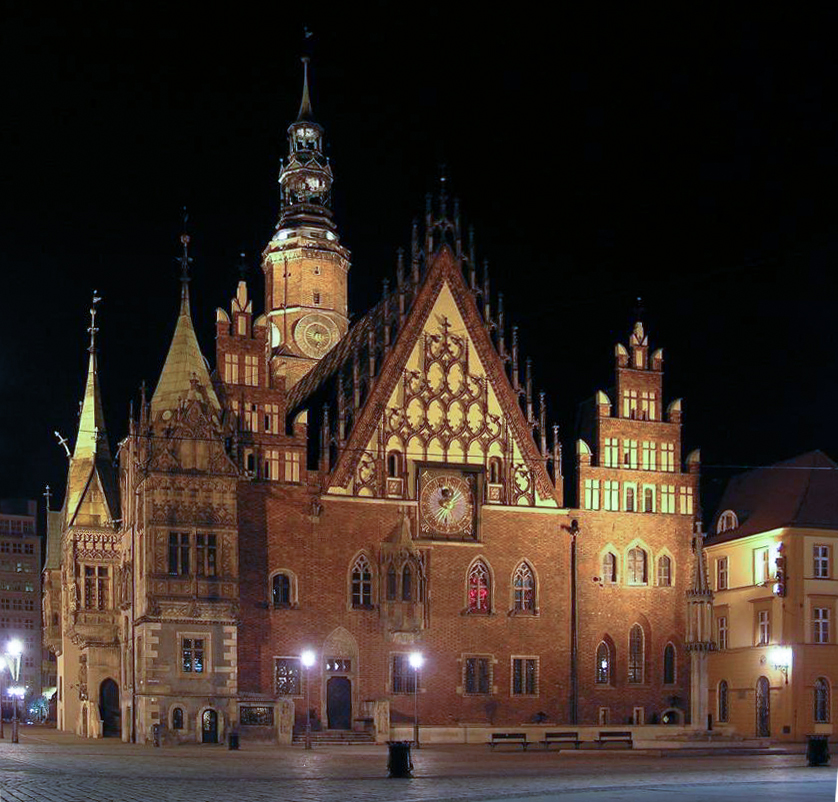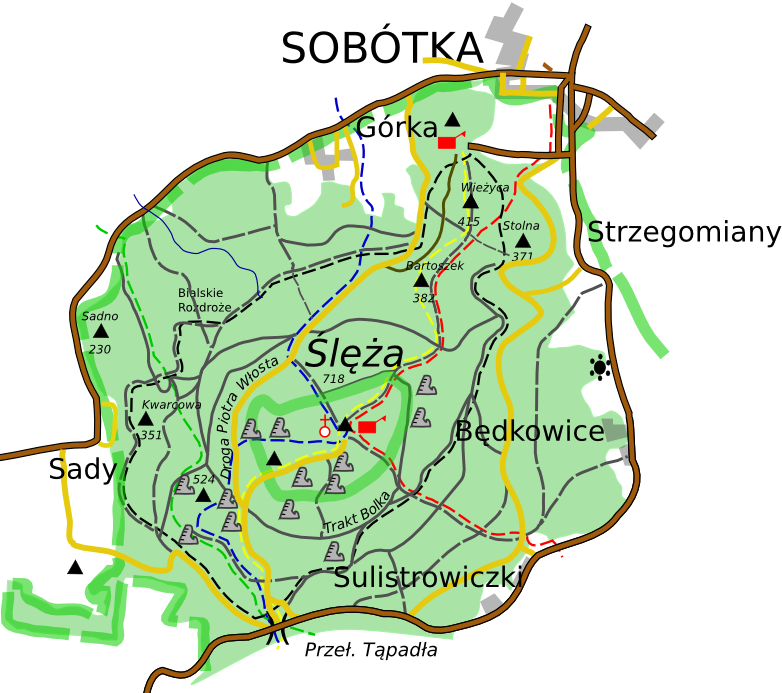|
Radunia Mountain
The Radunia (german: Geiersberg) is a hill in the Ślęża Masiff. Its height is 573 metres above sea level. It lies in Góra Radunia Nature Reserve. The hill is situated in Dzierżoniów County, Lower Silesian Voivodeship Lower Silesian Voivodeship, or Lower Silesia Province, in southwestern Poland, is one of the 16 voivodeships (provinces) into which Poland is divided. The voivodeship was created on 1 January 1999 out of the former Wrocław, Legnica, Wałbrz ..., in south-western Poland. External links sudety.it Mountains of Poland {{LowerSilesian-geo-stub ... [...More Info...] [...Related Items...] OR: [Wikipedia] [Google] [Baidu] |
Lower Silesian Voivodeship
Lower Silesian Voivodeship, or Lower Silesia Province, in southwestern Poland, is one of the 16 voivodeships (provinces) into which Poland is divided. The voivodeship was created on 1 January 1999 out of the former Wrocław, Legnica, Wałbrzych and Jelenia Góra Voivodeships, following the Polish local government reforms adopted in 1998. It covers an area of , and has a total population of 2,899,986. It is one of the richest provinces in Poland as it has valuable natural resources such as copper, silver, gold, brown coal and rock materials (inter alia granite, basalt, gabbro, diabase, amphibolite, porphyry, gneiss, serpentinite, sandstone, greywacke, limestone, dolomite, bentonite, kaolinite, clay, aggregate), which are exploited by the biggest enterprises. Its well developed and varied industries attract both domestic and foreign investors. Its capital and largest city is Wrocław, situated on the Oder River. It is one of Poland's largest and most dynamic ci ... [...More Info...] [...Related Items...] OR: [Wikipedia] [Google] [Baidu] |
Poland
Poland, officially the Republic of Poland, , is a country in Central Europe. Poland is divided into Voivodeships of Poland, sixteen voivodeships and is the fifth most populous member state of the European Union (EU), with over 38 million people, and the List of European countries by area, seventh largest EU country, covering a combined area of . It extends from the Baltic Sea in the north to the Sudetes and Carpathian Mountains in the south, bordering seven countries. The territory is characterised by a varied landscape, diverse ecosystems, and Temperate climate, temperate transitional climate. The capital and List of cities and towns in Poland, largest city is Warsaw; other major cities include Kraków, Wrocław, Łódź, Poznań, and Gdańsk. Prehistory and protohistory of Poland, Humans have been present on Polish soil since the Lower Paleolithic, with continuous settlement since the end of the Last Glacial Period over 12,000 years ago. Culturally diverse throughout ... [...More Info...] [...Related Items...] OR: [Wikipedia] [Google] [Baidu] |
Ślęża Masiff
The Ślęża (; german: Zobten or ''Zobtenberg'', later also ''Siling'') is a mountain in the Sudeten Foreland ( pl, Przedgórze Sudeckie) in Lower Silesia, from Wrocław, southern Poland. This nature reserve built mostly of granite is 718 m high and covered with forests. The top of the mountain has a PTTK tourist mountain hut, a television and radio mast, church Mary, some poorly-visible ruins of the castle and an observation tower. The mountain and its surrounding region form a protected area, Ślęża Landscape Park. Sacred mountain During the Neolithic Period and at least as far back as the 7th century BC Mount Ślęża (Zobten) was a holy place of the tribes of the Lusatian culture. It was then settled by Slavs. The Silingi, a subpopulation of the East Germanic tribe known as the Vandals are the earliest inhabitants of Silesia known by their name, however the greater part of them moved westwards after the 5th century AD and the remainder were slowly replaced in the ... [...More Info...] [...Related Items...] OR: [Wikipedia] [Google] [Baidu] |
Dzierżoniów County
__NOTOC__ Dzierżoniów County ( pl, powiat dzierżoniowski) is a unit of territorial administration and local government (powiat) in Lower Silesian Voivodeship, south-western Poland. It came into being on January 1, 1999, as a result of the Polish local government reforms passed in 1998. Its administrative seat is the town of Dzierżoniów, and it also contains four other towns: Bielawa, Niemcza, Pieszyce and Piława Górna. The county covers an area of . As at 2019 the total population of the county is 101,118. This figure breaks down as follows: Dzierżoniów 33,239, Bielawa 29,971, Pieszyce 7,123, Piława Górna 6,412, Niemcza 2,965, rural areas 21,408. Neighbouring counties Dzierżoniów County is bordered by Świdnica County to the north, Wrocław County to the north-east, Strzelin County to the east, Ząbkowice Śląskie County to the south-east, Kłodzko County to the south and Wałbrzych County to the west. Administrative division The county is subdivided into seven g ... [...More Info...] [...Related Items...] OR: [Wikipedia] [Google] [Baidu] |

